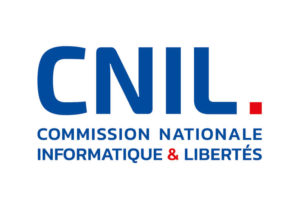(EN)
Documents
Article 29 Working Party, Guidelines on Consent under Regulation 2016/679 (2018).
The inclusion of the wording ‘offered directly to a child’ indicates that Article 8 is intended to apply to some, not all information society services. In this respect, if an information society service provider makes it clear to potential users that it is only offering its service to persons aged 18 or over, and this is not undermined by other evidence (such as the content of the site or marketing plans) then the service will not be considered to be ‘offered directly to a child’ and Article 8 will not apply.
Article 29 Working Party, Guidelines on transparency under Regulation 2016/679 (2018).
Where a data controller is targeting children[16] or is, or should be, aware that their goods/services are particularly utilised by children (including where the controller is relying on the consent of the child)[17], it should ensure that the vocabulary, tone and style of the language used is appropriate to and resonates with children so that the child addressee of the information recognises that the message/ information is being directed at them.[18] A useful example of child-centred language used as an alternative to the original legal language can be found in the “UN Convention on the Rights of the Child in Child Friendly Language”.[19]






(EN) Example. An online gaming platform wants to make sure underage customers only subscribe to its services with the consent of their parents or guardians. The controller follows these steps:
Step 1: ask the user to state whether they are under or over the age of 16 (or alternative age of digital consent)If the user states that they are under the age of digital consent:
Step 2: service informs the child that a parent or guardian needs to consent or authorise the processing before the service is provided to the child. The user is requested to disclose the email address of a parent or guardian.
Step 3: service contacts the parent or guardian and obtains their consent via email for processing and take reasonable steps to confirm that the adult has parental responsibility.
Step 4: in case of complaints, the platform takes additional steps to verify the age of the subscriber. If the platform has met the other consent requirements, the platform can comply with the additional criteria of Article 8 GDPR by following these steps.
Source: EDPB, Guidelines on Consent under Regulation 2016/679, WP259 rev.01 (2018)